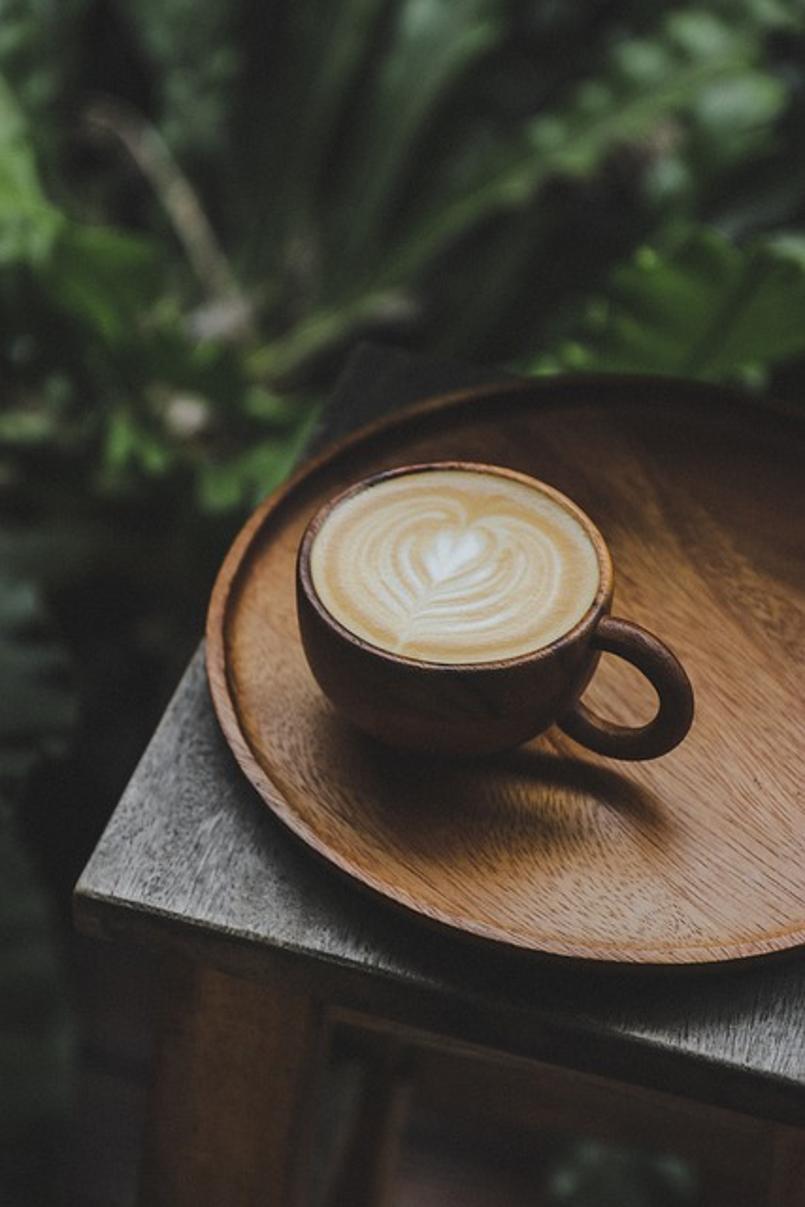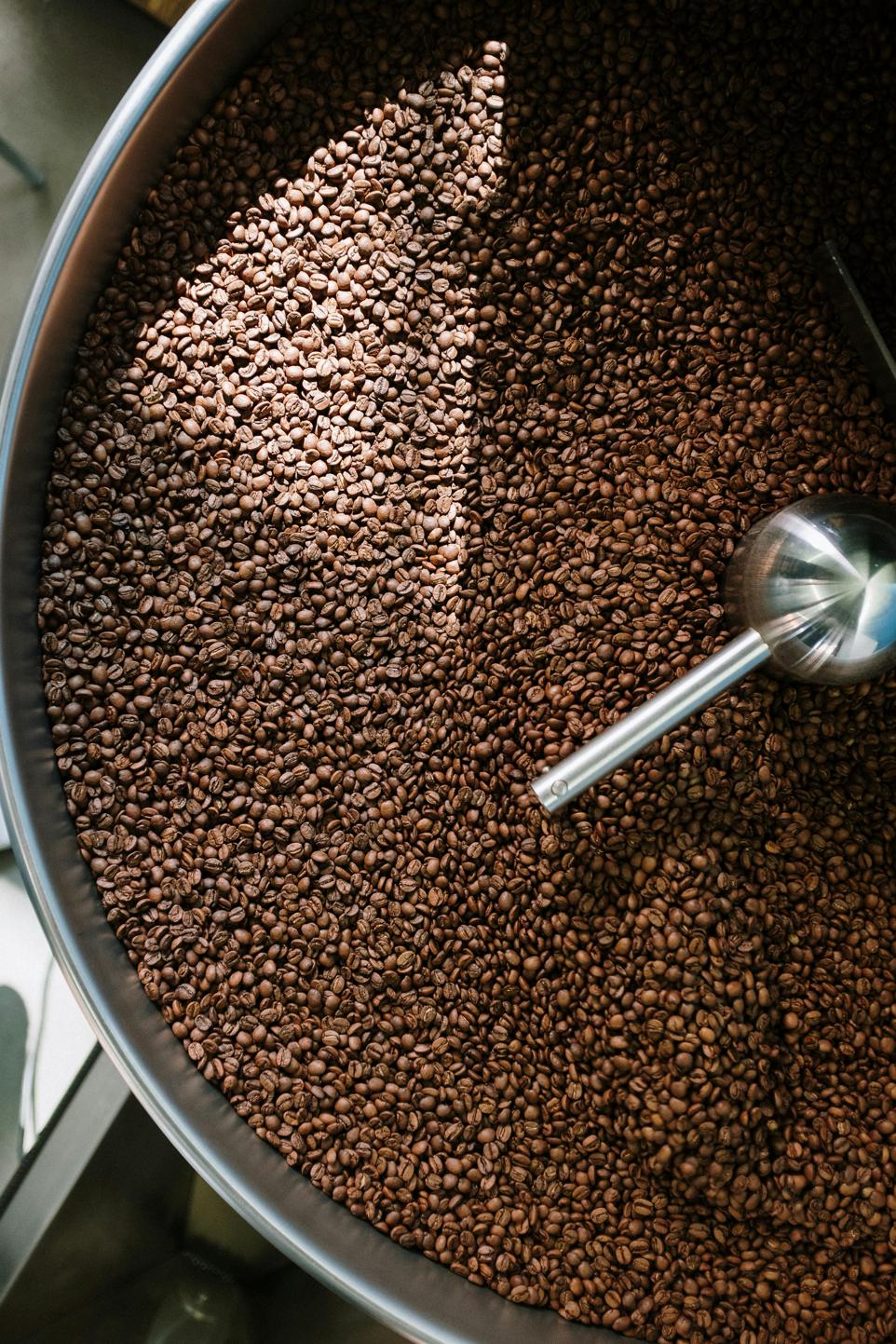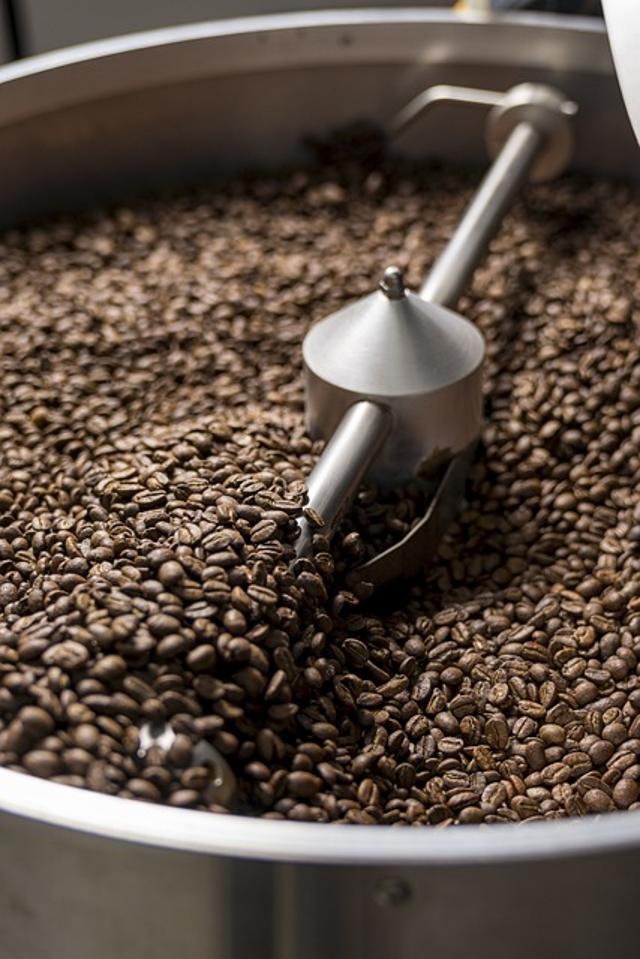Introduction
Determining how much coffee to put in a coffee machine can transform your brewing experience. Too little coffee results in a weak beverage, while too much can make it overly bitter. Understanding the right measurement is crucial for achieving the perfect cup every time. This guide will walk you through the essential coffee-to-water ratios, standard measurements for various types of coffee, specific guidelines for different coffee machines, and tips for maintaining consistency. By the end, you will be well-equipped to brew your coffee like a pro.

Understanding the Coffee-to-Water Ratio
The coffee-to-water ratio is fundamental to brewing a balanced cup of coffee. This ratio guides you on the amount of coffee grounds needed per unit of water. The general recommendation for a standard cup of coffee is a 1:15 ratio, meaning 1 gram of coffee for every 15 grams of water. However, this can vary based on personal preferences and the type of coffee machine you use.
Here’s a quick breakdown:
– Mild Brew: 1:17 ratio
– Standard Brew: 1:15 ratio
– Strong Brew: 1:13 ratio
Adjusting the coffee-to-water ratio helps control the coffee’s strength and flavor. If your coffee is too weak, try increasing the amount of coffee grounds. Conversely, if it’s too strong, reduce the coffee amount or increase the water quantity.

Standard Measurements for Different Coffee Types
Different brewing methods and coffee types require specific measurements to ensure the best flavor. Understanding these variations can empower you to make the most out of your preferred method.
Drip Coffee
Drip coffee makers are common in many households. The golden ratio for drip coffee is 1 to 2 tablespoons of coffee per 6 ounces of water. This measurement ensures a balanced flavor that isn’t too weak or too strong.
Espresso
Espresso requires precise measurement for a perfect shot. Use about 18-20 grams of coffee for a double shot of espresso. The pressure and water temperature in espresso machines extract flavors more intensely, which makes accuracy in the coffee amount crucial.
French Press
The French Press is known for producing rich, full-bodied coffee. A standard measurement for a French Press is 1 to 2 tablespoons per 200 milliliters (around 7 ounces) of water. Adjust this ratio based on your desired strength.
Specific Guidelines for Coffee Machines
To brew the perfect cup of coffee, each coffee machine type demands unique attention to detail in terms of ratio and measurement. Let’s explore some of the popular machines.
Drip Coffee Machines
For drip coffee machines:
– Use 1 to 2 tablespoons of coffee per 6 ounces of water.
– Measure both the coffee and water accurately.
– Clean the machine regularly to avoid residue buildup that can affect taste.
Espresso Machines
When using an espresso machine:
– Measure 18-20 grams of coffee for a double shot.
– Tamp the coffee grounds evenly to ensure uniform extraction.
– Use filtered water to avoid mineral deposits that can impair performance.
French Press and Other Methods
For French Press and other brewing methods like AeroPress and Chemex, adhere to these guidelines:
– French Press: Use 1 to 2 tablespoons of coffee per 200 milliliters of water.
– AeroPress: Experiment with different ratios; a common starting point is 1 to 3 tablespoons per 8 ounces of water.
– Chemex: Use 1 to 2 tablespoons per 5 ounces of water for a balanced, clean cup.

Tools and Techniques for Measuring Coffee
Accurate measurement of coffee grounds is essential for a consistent brew. Various tools and techniques can help achieve this.
Using Coffee Scales
A coffee scale ensures precision by measuring the coffee by weight rather than volume. This method is more accurate, especially for espresso and specialty coffee brewing. Aim for a 1:15 coffee-to-water ratio for a balanced cup.
Measuring Spoons and Cups
If you don’t have a scale, measuring spoons and cups can be useful. Standardize your measurements by using 1 to 2 tablespoons of coffee per 6 ounces of water. This method works well for drip coffee and French Press.
Digital Tools and Apps
Several digital tools and apps are available to help you measure your coffee accurately. These tools provide brewing guides, ratio calculators, and timer settings to ensure consistency.
Tips for Consistency and Best Practices
Consistency in your coffee brewing routine can significantly improve the quality of your coffee. Here are some tips to follow:
Importance of Water Quality
Always use filtered water or bottled water to make coffee. Tap water can contain impurities and minerals that affect the coffee’s flavor.
Regular Machine Maintenance
Clean your coffee machine regularly to prevent oil and residue buildup that can alter the taste. Descaling helps remove mineral deposits, especially in espresso machines.
Adjusting Grind and Temperature
Experiment with different grind sizes and water temperatures. A finer grind is suitable for espresso, while a coarser grind works better for French Press. Similarly, control the water temperature to enhance extraction and flavor.
Conclusion
Knowing how much coffee to put in a coffee machine is essential for brewing the perfect cup. By following the coffee-to-water ratios, understanding specific guidelines for different machines, and utilizing proper tools, you can achieve a consistently delicious brew. Remember, the key lies in experimentation and adjusting based on your taste preferences.
Frequently Asked Questions
How much coffee should I use for a 12-cup coffee maker?
For a 12-cup coffee maker, use about 24 tablespoons (1.5 cups) of coffee grounds if you prefer a standard strength brew. Adjust based on your preferred strength.
Can I use a digital scale for measuring coffee?
Yes, a digital scale is highly recommended for precision. It helps measure coffee grounds by weight, leading to more consistent results.
Does the type of coffee bean affect the measurement?
Yes, different coffee beans have varying densities and absorption rates. It’s best to experiment with small adjustments in measurements to find the perfect balance for your chosen bean.
